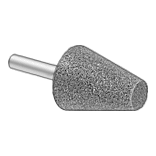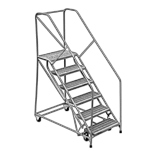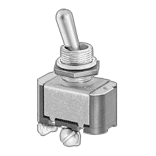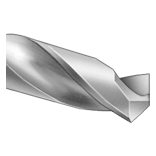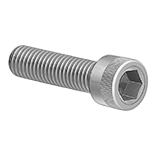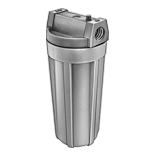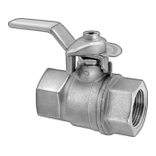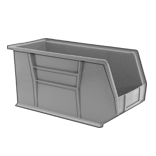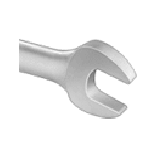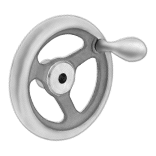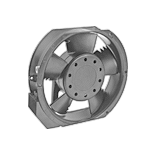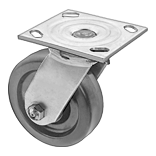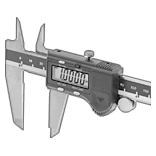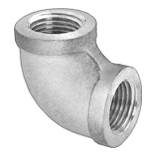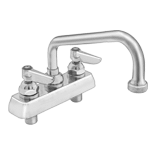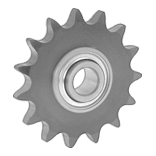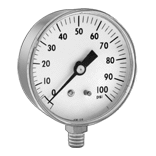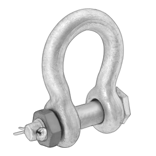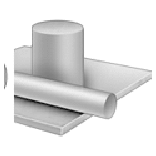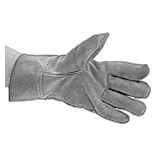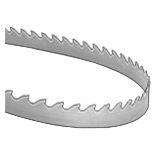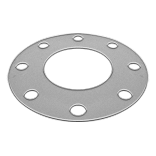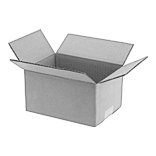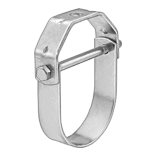Filter by
Bearing Trade Number
System of Measurement
Bearing Seal Type
Radial Clearance Trade Number
Dynamic Radial Load Capacity
Shaft Type
Bearing Construction
For Load Direction
Lubrication
Cage Material
Bearing Type
Inner Ring Type
Shield Material
Ball Bearing Profile
Static Radial Load Capacity
RoHS
DFARS Specialty Metals
Export Control Classification Number (ECCN)
Ball Bearings
Electrically Insulating Ball Bearings
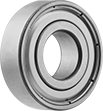 |
Shielded |
Temp. Range, ° F | Ceramic Balls | ||||||||||||||||||||||||||||||||||||||||||||||||||||||||||||||||||||||||||||||||||||||||||||||||||
|---|---|---|---|---|---|---|---|---|---|---|---|---|---|---|---|---|---|---|---|---|---|---|---|---|---|---|---|---|---|---|---|---|---|---|---|---|---|---|---|---|---|---|---|---|---|---|---|---|---|---|---|---|---|---|---|---|---|---|---|---|---|---|---|---|---|---|---|---|---|---|---|---|---|---|---|---|---|---|---|---|---|---|---|---|---|---|---|---|---|---|---|---|---|---|---|---|---|---|---|
For Shaft Dia., mm | For Housing ID, mm | Wd., mm | ABEC Rating | Dynamic Radial Load Cap., lb. | Max. Rotation Speed, rpm | Min. | Max. | Bearing Trade No. | Each | ||||||||||||||||||||||||||||||||||||||||||||||||||||||||||||||||||||||||||||||||||||||||||
Shielded | |||||||||||||||||||||||||||||||||||||||||||||||||||||||||||||||||||||||||||||||||||||||||||||||||||
Steel | |||||||||||||||||||||||||||||||||||||||||||||||||||||||||||||||||||||||||||||||||||||||||||||||||||
| 45 | 100 | 25 | 1 | 14,800 | 9,700 | -20 | 245 | 6309-2Z | 0000000 | 0000000 | |||||||||||||||||||||||||||||||||||||||||||||||||||||||||||||||||||||||||||||||||||||||||
